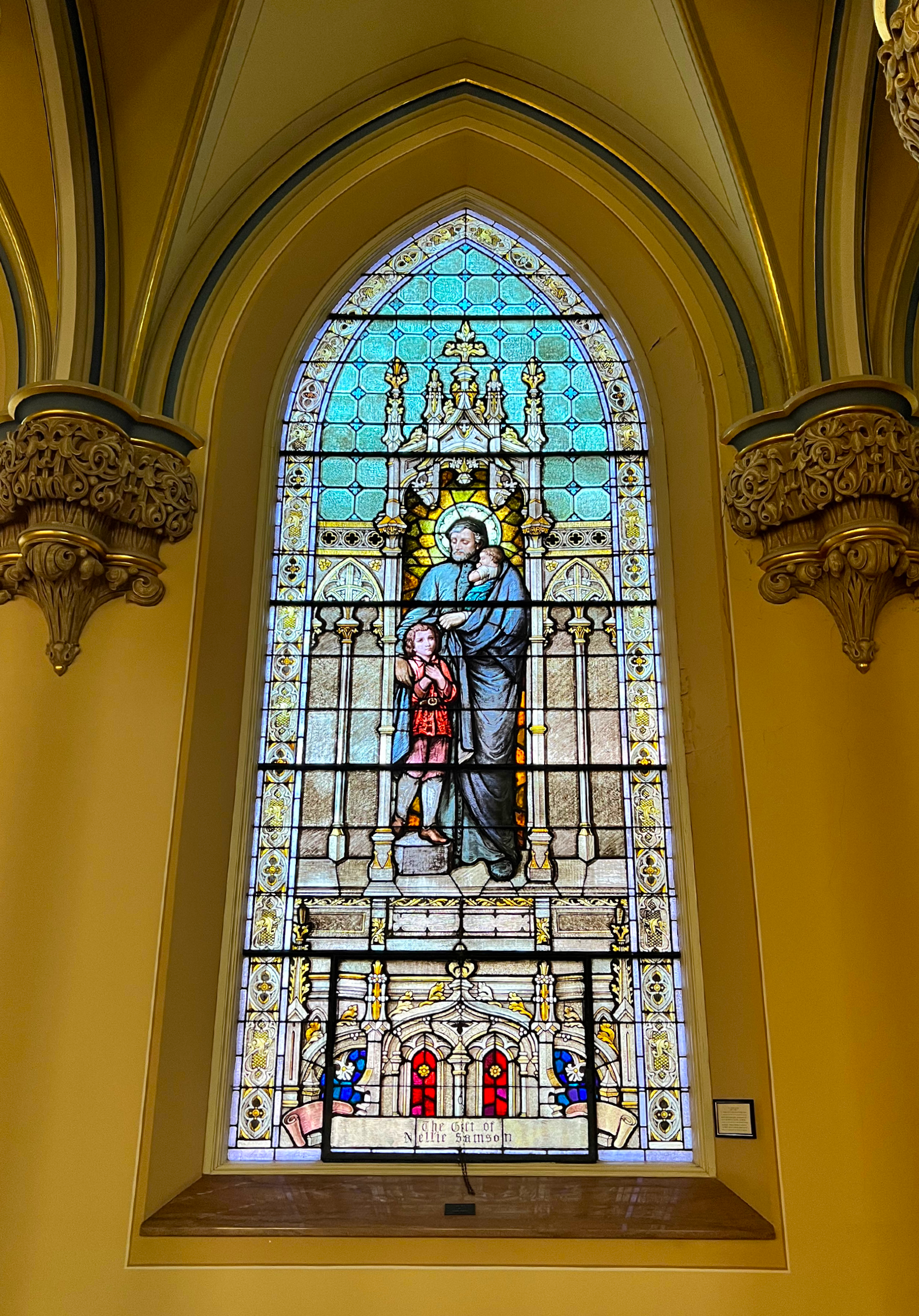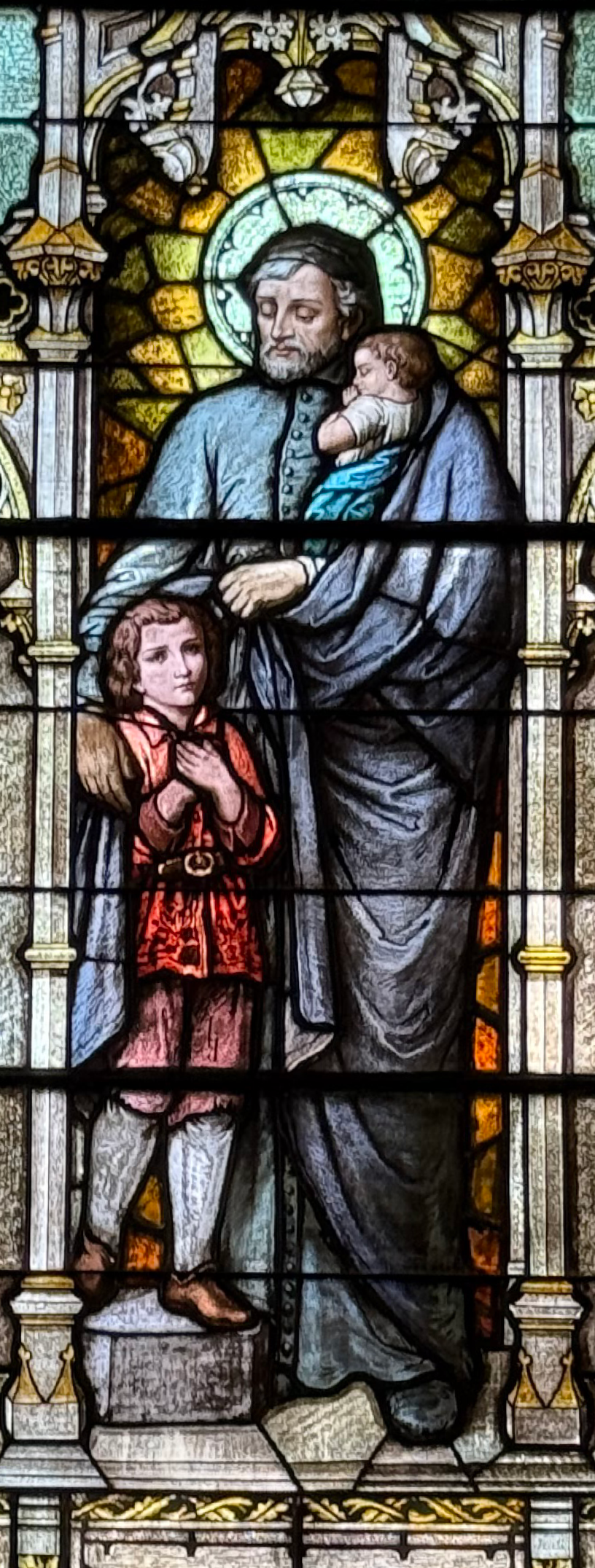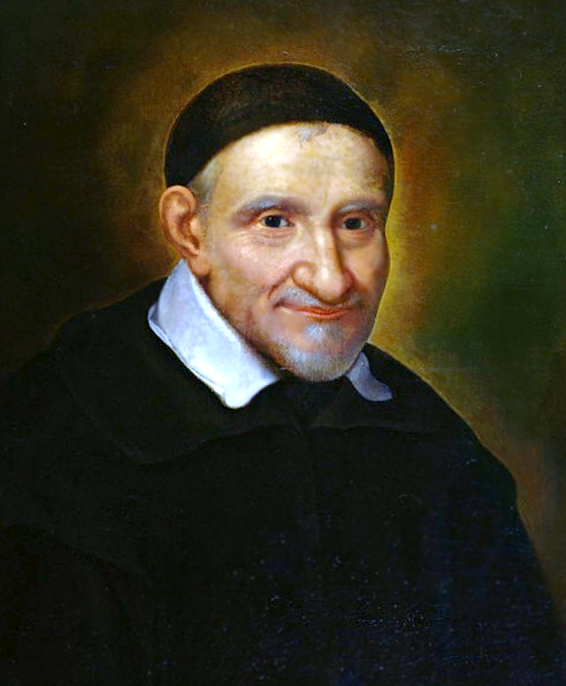
St. Vincent de Paul had French forebears and lived to the age of 80. He was captured by pirates and for two years was a slave in Africa. He escaped and determined to give his life to works of mercy. He was concerned for the prisoners whose oars moved galleys of the French fleet. In 1625 he founded the Congregation of the Mission for training seminarians. Eight years later he joined St. Louis de Marillac (1591-1660) organizing the Sisters of Charity for the care of the sick ad the poor.

The gift of Nellie Samson


